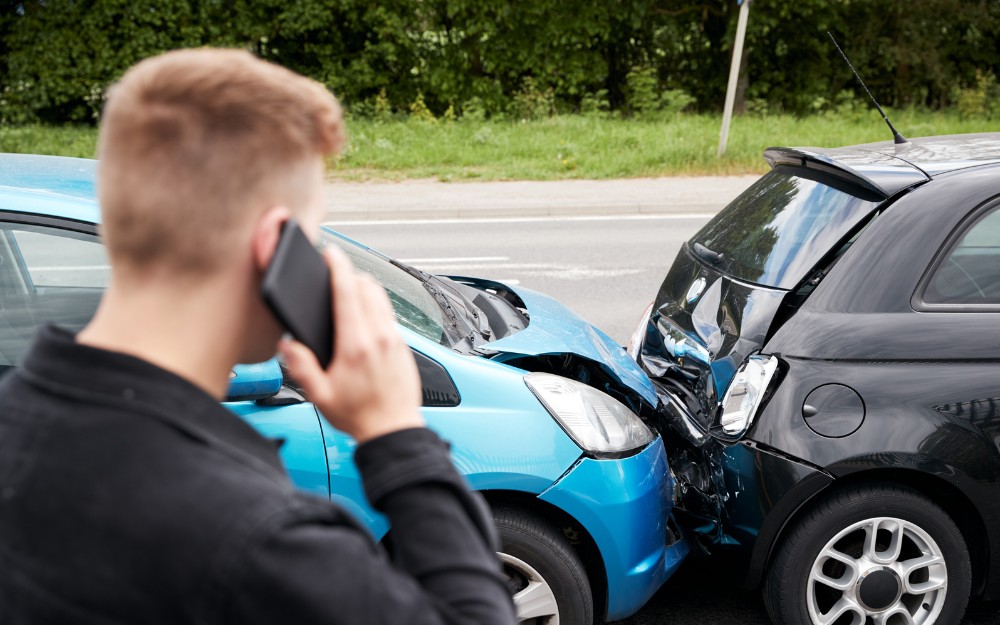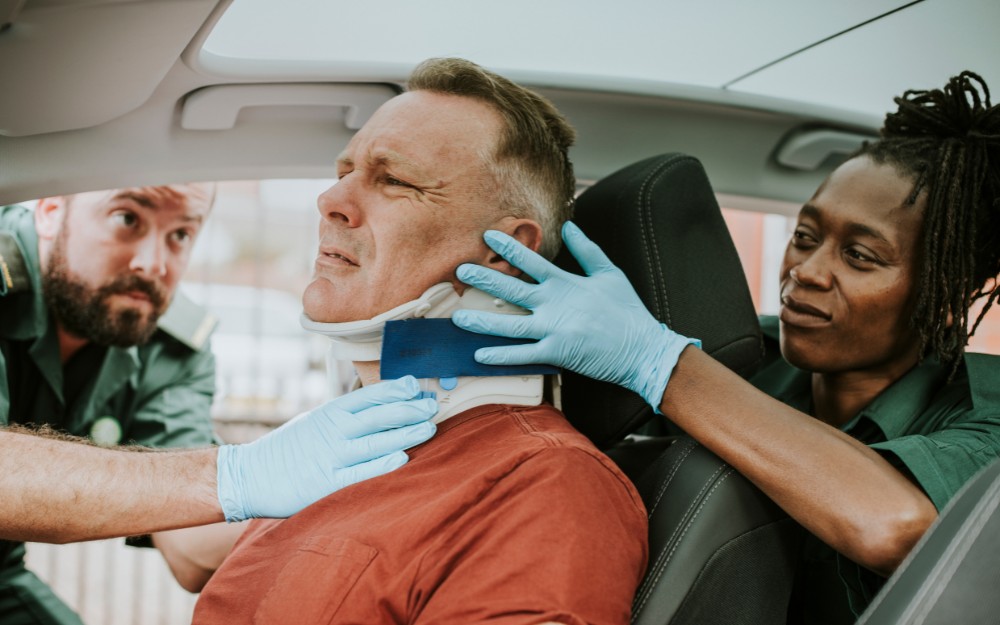A public transport accident claim can make a real difference if you’ve been injured while travelling on a bus, train, ferry, or light rail in New South Wales. A sudden stop, a fall at a station, a crash, or even a traumatic event onboard—any of these can leave you dealing with pain, time off work, and medical bills.
If the accident wasn’t your fault, you may be able to claim compensation for things like lost earnings, medical treatment, and the emotional impact of your injuries. These claims exist to support your recovery and get your life back on track.
Importantly, a NSW court decision in February 2025 benefits injured passengers, especially those hurt on government-operated buses. This ruling has expanded compensation entitlements and strengthened the legal position of passengers, making it easier to claim what you’re fairly owed.
If you’ve been hurt while using public transport, knowing your rights under NSW law is the first step toward getting the help and compensation you deserve.
What Is a Public Transport Accident Claim?
In NSW, a public transport accident refers to any incident that results in injury while using or interacting with publicly available transport services. This includes:
- Bus and coach services operated by Transport for NSW (including State Transit and contracted providers)
- Train services across the Sydney Trains and NSW TrainLink networks
- Ferry services, including Sydney Ferries and other state-supported routes
- Light rail and tram networks in Sydney and Newcastle
- Commercial taxis and rideshare services (such as Uber or Ola), while providing passenger transport
You can make a public transport accident claim whether you’re:
- A passenger injured during a journey
- A pedestrian or cyclist hit by a public transport vehicle
- A driver or occupant of another vehicle involved in a crash with public transport
- A bystander or person injured on transport property, such as a station or ferry wharf
The claim process depends on the nature of the injury, the location, and how the accident occurred.
What Types of Claims Can You Make?
Depending on how and where the accident occurred, your injury may fall under one of two main compensation schemes in NSW:
1. Motor Accident/CTP Claims
If your injury resulted from a collision, sudden stop, or impact involving a public transport vehicle, you may be eligible to make a claim under the Compulsory Third Party (CTP) insurance scheme.
Examples include:
- Being thrown forward during a bus emergency stop
- Falling when a train lurches or brakes suddenly
- Being hit by a light rail vehicle or bus while crossing the road
CTP claims are assessed under the Motor Accident Injuries Act 2017, except for certain government-operated services (where the 1999 Act may apply, following the 2025 decision).
CTP covers:
- Medical treatment and rehabilitation costs
- Income support for lost wages
- Domestic and personal care assistance
- Lump sum payments for permanent impairment
You must report the accident to NSW Police within 28 days and lodge a claim form with the insurer as soon as possible.
2. Public Liability Claims
If you’re injured due to unsafe infrastructure, poor maintenance, or dangerous conditions on transport property, you may be eligible for a public liability claim.
Common examples include:
- Slipping on a wet or greasy platform
- Falling down unmarked or broken stairs at a train station
- Being injured by malfunctioning escalators or elevators
- Tripping on uneven or poorly maintained surfaces
These claims fall under the Civil Liability Act 2002 (NSW) and are made against the entity responsible for the premises (e.g., Sydney Trains, Transport for NSW).
Public liability compensation may include:
- Past and future medical costs
- Pain and suffering (non-economic loss)
- Lost earnings and superannuation
- Assistance with household duties or personal care
You typically have three years to lodge a public liability claim, though it’s best to act early.
What Compensation Am I Entitled To?
The amount you receive will depend on how serious your injuries are and how they affect your day-to-day life. Your claim may include:
Under CTP insurance claims
- Income support (up to 95% of weekly earnings for the first 13 weeks, then reduced rates thereafter)
- Medical and rehab expenses (e.g., physiotherapy, GP visits, surgeries)
- Travel expenses to attend appointments
- Domestic assistance (e.g., cleaning, personal care)
- Lump sum payments (common law damages) for permanent injury (only for injuries with 11% Whole Person Impairment or more)
According to SIRA, over 8,800 claims were made from Jan to Aug 2025, with almost than $980 million in payouts, averaging around $111,000 per claim.
Under Public Liability Claims
You may be compensated for:
- Non-economic loss: pain, suffering, loss of enjoyment of life
- Non-economic loss: Ongoing pain, emotional distress, and a diminished ability to enjoy life.
- Out-of-pocket costs: past and future treatment expenses
- Economic loss: lost wages, superannuation, reduced future earning capacity
- Home or personal care support: provided by family or professionals
Common Public Transport Injuries
Public transport accidents can cause a range of injuries, including:
Physical Injuries
- Whiplash or soft tissue damage from jolts and braking
- Broken bones from slips, trips, or falls
- Spinal and back injuries from impacts
- Head trauma from striking surfaces or fixtures
Psychological Injuries
- Post-Traumatic Stress Disorder (PTSD) after witnessing or experiencing an accident
- Anxiety or panic disorders, particularly related to travel
- Depression related to long-term pain or limited movement
- Sleep disorders caused by ongoing stress
Injuries don’t need to be visible to justify a compensation claim. Psychological harm can also qualify for public transport accident injury compensation.
What to Do After a Public Transport Accident
Taking the right steps immediately after an accident can improve your chances of a successful claim:
At the Scene
- Get prompt medical help: Call emergency services or visit a GP as soon as possible
- Report the accident: Notify transport staff and the police if required
- Gather evidence: Take photos, collect names of witnesses, and keep notes
- Record details: Note the vehicle number, location, time, and conditions
- Preserve documents: Keep receipts, medical certificates, and correspondence
In the Following Days
- See your doctor and request a detailed report
- Notify your employer if time off is needed
- Start a personal injury journal to track your symptoms and limitations
- Contact a qualified accident lawyer to get legal advice early
How Long Do I Have to Make a Claim?
|
Type of Claim |
Time Limit |
Additional Notes |
|
Motor Accident Claims (CTP) |
– Report the accident to NSW Police within 28 days
– Lodge a claim form within 3 months (ideally) |
The claim form is called the Application for Personal Injury Benefits. |
|
Public Liability Claims |
– Generally, 3 years from the date of the accident |
Time limits may be extended in some cases (e.g., for minors or those with incapacity) |
What’s Involved in the Claims Process?
While the steps can vary depending on the type of claim, the process typically includes:
- Lodging a claim form with supporting evidence
- Assessment by the insurer (including independent medical exams)
- Negotiation or dispute resolution, if necessary
- Settlement or court proceedings, where appropriate
Insurance companies are required to act fairly under NSW law, but in reality, many deny or limit claims without strong legal advocacy.
An experienced lawyer, such as one of our Public Liability Claims Lawyers, can protect your interests and push back against low offers or delayed assessments.
Should I Get Legal Advice?
You should seek help from an accident lawyer if:
- Your injuries are serious or long-term
- The insurer rejects your claim or disputes fault
- You’re unsure which law applies to your accident
- You need to calculate the long-term impacts on your health or income
- You’re experiencing delays or confusion dealing with the insurer
Legal support improves your outcome and reduces stress during recovery.
Conclusion
If you’ve been injured while using NSW’s public transport system, you have a legal right to compensation. With recent court decisions in your favour, your entitlements may now be significantly higher, especially if your injury involved a government-operated bus.
Navigating the claims process can be complex, but early action and legal guidance make all the difference. Whether your claim falls under CTP, public liability, or both, it’s important to protect your rights and secure the compensation you need to move forward.
Ready to Fight for You
At Gajic Lawyers, we understand the legal frameworks, insurer tactics, and practical realities of recovering from injury. That is why we fight hard to help you claim what you’re entitled to.
From helping you lodge paperwork, collecting evidence, and calculating entitlements to negotiating with insurers, we’re here to take the pressure off. If needed, we’ll represent you in court to ensure your rights are fully enforced.
If you’ve been injured in a public transport accident, don’t hesitate to contact us today.








